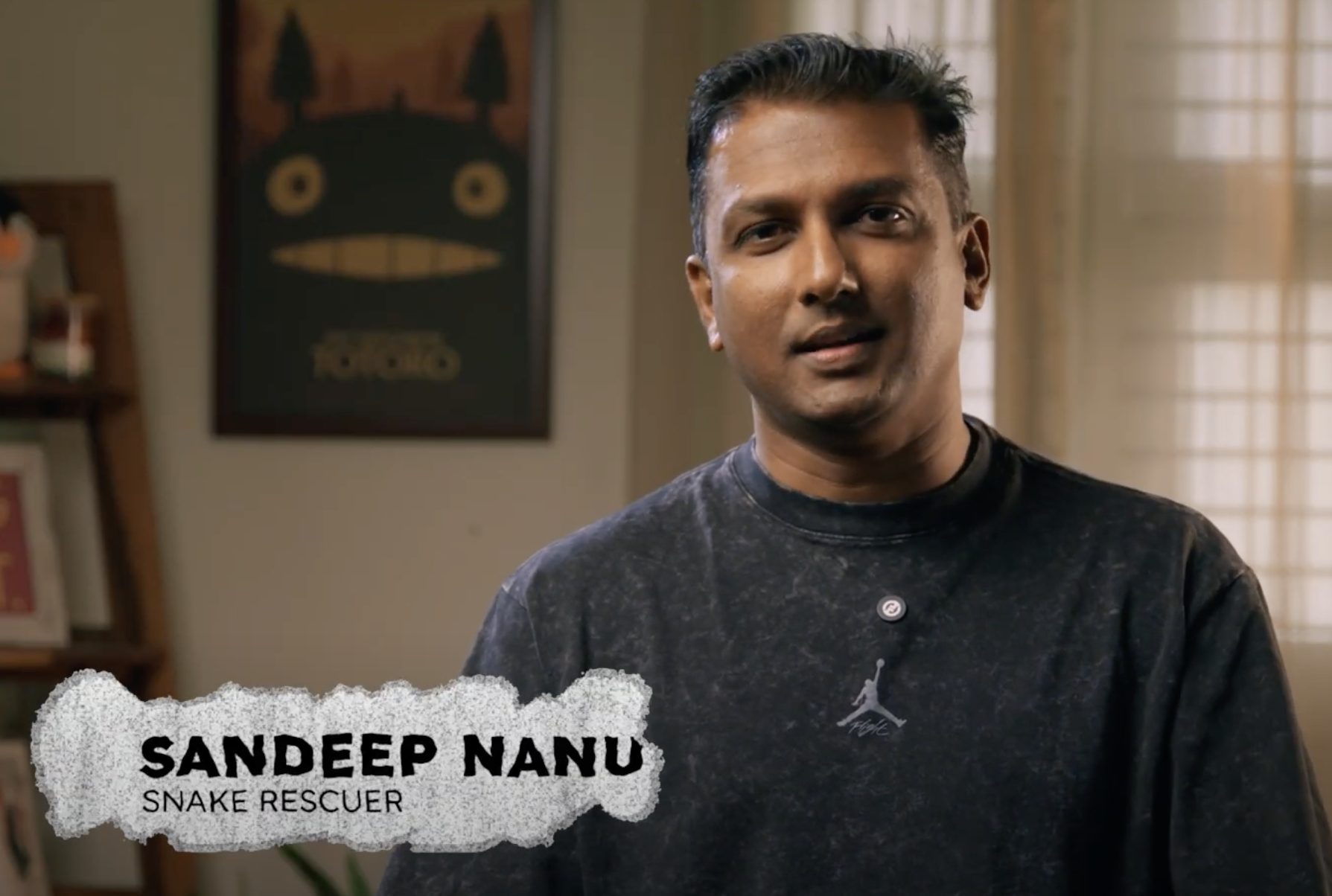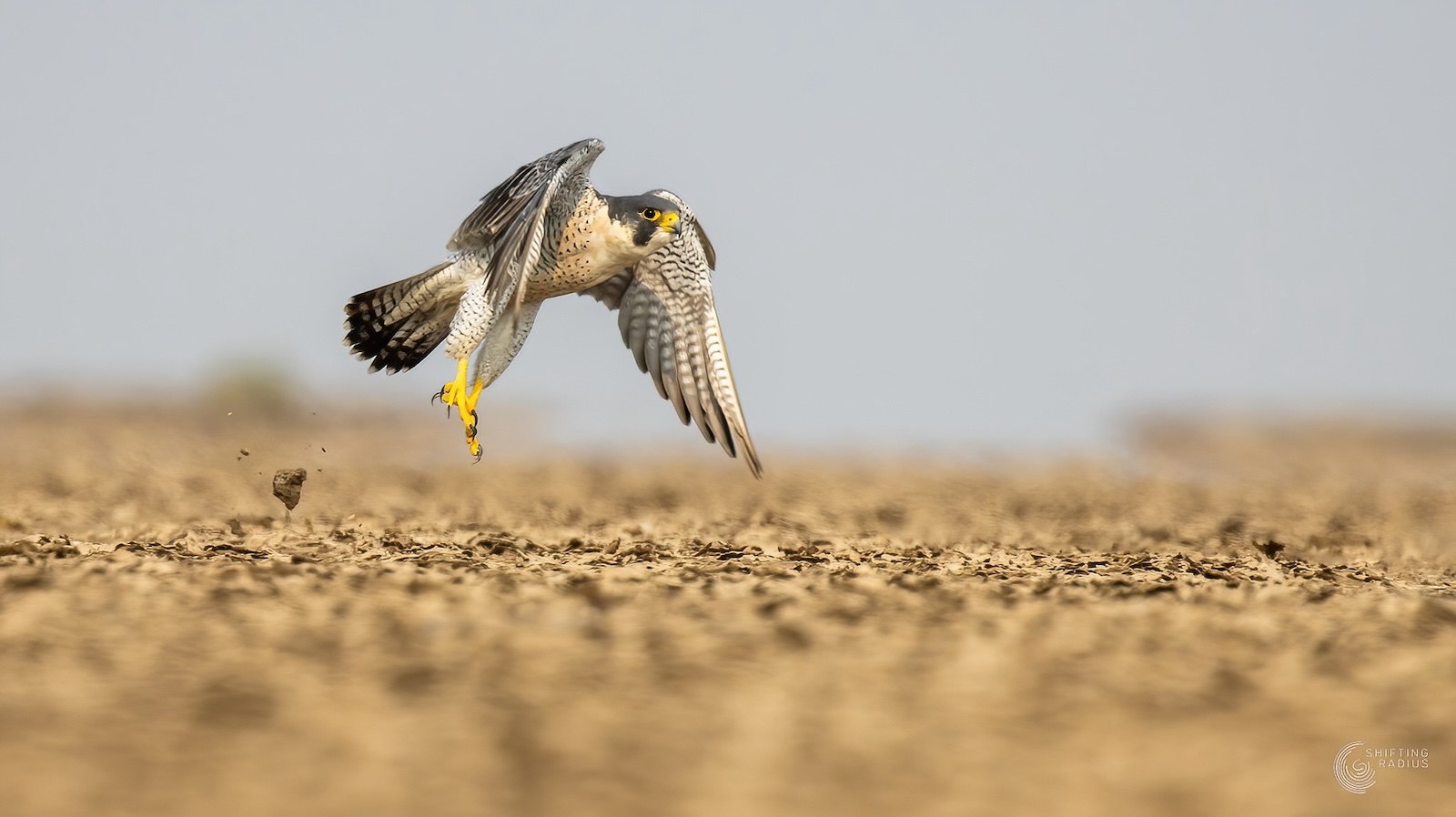CREDIT : ANSWERED
I’ve been rescuing snakes for years now and during my journey, I’ve realized there are countless myths about snakes that need busting. Today I’m here to set the record straight. Believe it or not, sometimes nonvenomous snakes can be more challenging to handle than venomous ones!
I’ve had my fair share of snake encounters, and while venomous snakes often have a fierce reputation, personally, it’s the nonvenomous checkered keelback that gives me the hardest time. Their bites are incredibly painful, even without venom! Watch me bust some of the common myths on this video:
How Can You Tell if a Snake is Venomous?
You might have heard that diamond-shaped heads and vertical pupils mean a snake is venomous. Unfortunately, it’s not always that simple. Patterns and colors are usually more reliable indicators, but even experts like me sometimes find it tricky in the field.
What Should You Do if a Snake Enters Your House?
First things first, don’t panic! The snake is likely as frightened as you are. Maintain a safe distance, avoid making sudden movements, and if possible, carefully cover it with a bucket. Immediately call a snake rescuer. We usually release snakes close to where we find them since they tend to stay near their original habitats.
Biggest Mistake People Make After a Snake Bite?
Here’s my crucial advice: Forget everything you’ve seen in movies or heard in folklore. No sucking out venom, no applying turmeric, and no washing the wound. Instead, stay calm, immobilize the affected area, and quickly head to a government hospital. Make sure to inform them beforehand, so they have antivenom ready.
Are Baby Snakes Really More Dangerous?
Not exactly. Baby snakes aren’t more venomous—they’re simply inexperienced in venom control. Adult snakes use venom strategically, either for prey or defense. Humans aren’t their intended targets; snakes prefer escaping rather than confronting us.
Is Snake Charming Real?
Absolutely not! Snake charming isn’t just misleading—it’s also illegal in India. Snakes can’t hear the music charmers play; they only respond to vibrations and movement. Sadly, charmers often cruelly remove snakes’ fangs to keep them harmless.
Do Snakes Hold Grudges and Seek Revenge?
Not at all! Snakes have very short memories and don’t recognize faces or harbor grudges. This revenge myth is pure folklore and has no truth behind it.
Can You Legally Keep Snakes as Pets in India?
Nope. Keeping snakes as pets is strictly illegal under India’s Wildlife Protection Act, despite what some online videos might suggest.
Snakes aren’t the villains they’ve been made out to be—they’re misunderstood creatures deserving our respect and cautious interaction.
I’d love to hear your snake stories or questions! Drop your comments below, and for more of my snake-rescuing adventures and insights, subscribe to the NanuSense newsletter at nanusense.com.
Common Questions About Snakes Answered:
Q: What’s the deadliest snake in India?
A: The Russell’s viper causes the most fatalities, though snakes like the saw-scaled viper, spectacled cobra, and common krait are also notably dangerous.
Q: Which regions are free from snakes?
A: Antarctica, Iceland, and New Zealand are snake-free due to harsh climates and geographic isolation, making them safe bets if you’re terrified of snakes.





One Comment